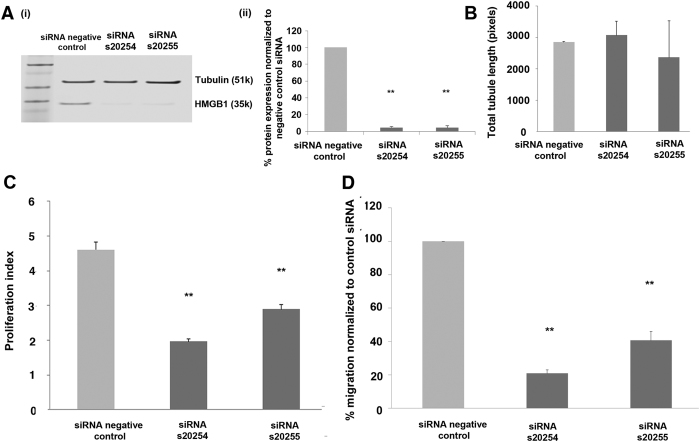Figure 6. HMGB1 knockdown affects CB ECFC-derived cell proliferation and migratory abilities.
(A) (i) Western blot of HMGB1 protein in CB ECFC-derived cells following transfection of 2 different siRNAs for HMGB1, each at a final concentration of 5 nM. (ii) Western blot quantification of HMGB1 protein levels where the target protein expression was normalised to tubulin expression in each sample. Results show target gene protein levels as a percentage of the negative control siRNA-transfected sample. Cropped blots were used here and uncropped images of blots are shown in Supplementary Fig. S7. (B) No significant effect of HMGB1 siRNA knockdown on the tubule formatting ability of CB ECFC-derived cells. Cells treated with a negative control siRNA, HMGB1 s20254 siRNA, or HMGB1 s20255 siRNA at a final concentration of 5 nM were subjected to a matrigel assay for 18 hr, 48 hr post-transfection. (C) The effect of HMGB1 siRNA knockdown on the proliferative and/or survival ability of CB ECFC-derived cells. Cells treated with either a negative control siRNA, HMGB1 s20254 siRNA, or HMGB1 s20255 siRNA at a final concentration of 5 nM were subjected to a CyQuant proliferation assay at 72 hr to measure proliferation. Fluorescence values were normalised to those obtained on the day of transfection for each sample to obtain a proliferation index for each condition. (D) The effect of HMGB1 siRNA knockdown on the migration ability of CB ECFC-derived cells. Cells treated with a negative control siRNA, HMGB1 s20254 siRNA, or HMGB1 s20255 siRNA at a final concentration of 5 nM were subjected to a transwell assay for 5 hr towards 10% FBS in EGM-2 growth media following 48 hr post-transfection. The values presented are the mean ± S.E.M of three independent experiments (**p < 0.01; one-way ANOVA, Dunnett’s multiple comparison).

